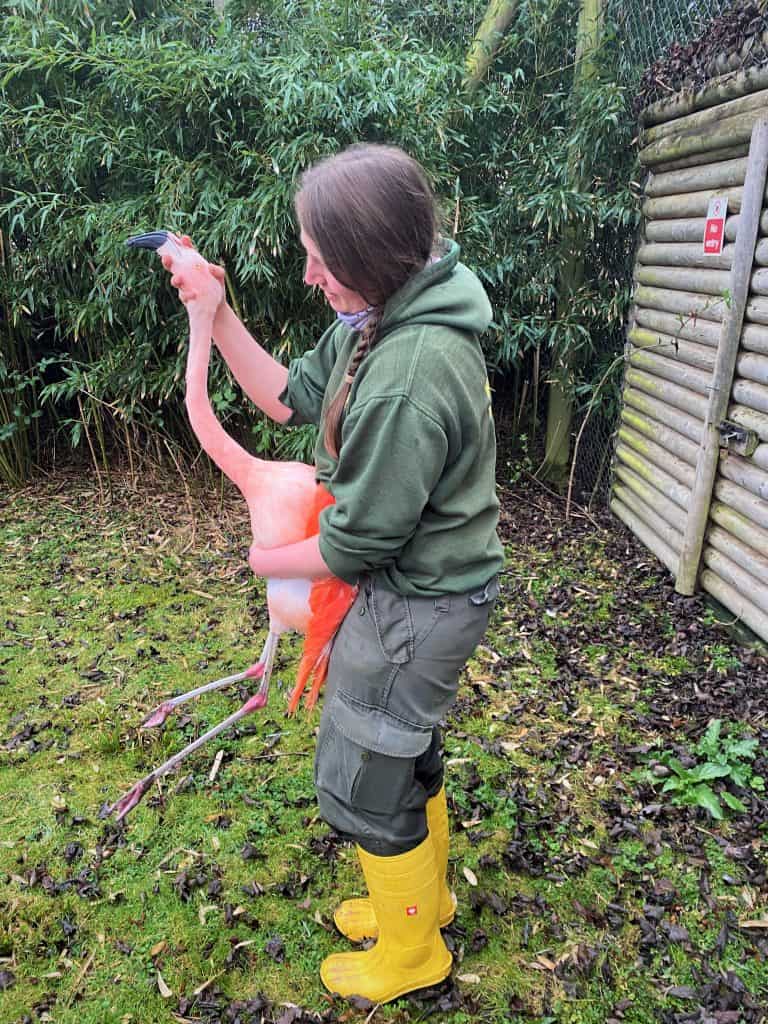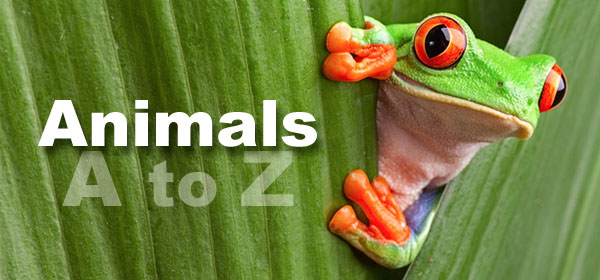A Flamboyance of Flamingos, what a great description for a group of these marvelous birds. This week we celebrated International Flamingo Day. I don’t need any excuses to talk about how amazing Flamingos are, but every year on the 26th of April Flamingos have their own day to celebrate how special this group of birds are.

Taxonomic disputes
Flamingos are an ancient group of birds with fossils dating from around 40 million years ago. But we still don’t fully understand their evolution. Their taxonomy has been argued about time and time again over the last couple of centuries.
Using traditional fossils, one argument supports that flamingos may derive from the Charadriiformes order (waders, gulls, and auks). But another DNA study places them within the Ciconiiformes order (storks). Flamingos probably belong somewhere between the storks and the waterfowl with similarities to the waders/gulls/auks. As a compromise they are often grouped into their own order, the Phoenicopteriformes.
Despite these quarrels over classification, there are clearly six species of flamingoes present today. Greater Flamingo (Phoenicopterus roseus), Lesser Flamingo (Phoeniconaias minor), Andean Flamingo (Phoenicoparrus andinus), James’ (also called Puna) Flamingo (Phoenicoparrus jamesi), Caribbean (also called American or Rosy) Flamingo (Phoenicopterus ruber) and the species which resides here at Wingham Wildlife Park, the Chilean Flamingo (Phoenicopterus chilensis). Four of these species can be found throughout the Americas and two are distributed around Africa, Asia, and Europe.
Whilst flamingos appear to be very fragile looking, they’re actually a very hardy species. They often make use of exceptionally hostile environments. From tropical coastal lagoons to high altitude lakes which can be extremely alkaline or exceptionally saline. These areas are most likely where their favourite prey can be found. However, they still need to find fresh water for drinking as well.

Feeding behaviour
All flamingo species are nomadic and undertake huge migrations which are thought to be in response to food availability. Flamingos generally feed on either mollusks and arthropods, or algae and diatoms. The carotenoids digested by the birds when they feed cause their bright coloured plumage. Their uniquely shaped bill is specially adapted for filtering food from mud and water. They hold their bills upside down and use their ridged tongues to pump water through internal lamellae (rows of hair-like structures) to trap food. Some of the larger species will also swallow larger prey, bypassing the filtering mechanism altogether. They often feed whilst they walk but can also stamp their feet to stir up food. Plus, some species even upend themselves to reach food deeper down in the water column.
The breeding season
Flamingos are also very vocal. Their noisy honking calls give our goose a run for his money! During the breeding season there is lots of squabbling between pairs and it is always amazing to watch them perform their dances. In the wild thousands of individuals can gather to display this spectacular courtship dance. The reproduction of flamingos is quite unreliable. It is dependent on a mixture of suitable available nesting areas, temperature, and rainfall in the wild.
Pairs are very loyal to each other, forming long term pairs year after year. Both the males and the females construct a tower-like mound of mud together to create their nest that is finished with a cupped top. They do this by sitting on top of the nest and drawing the mud up with their bills.
This type of nest can be important if the nesting site becomes flooded. It also offers protection from the often-high surface temperatures of the mud. Generally, all flamingos usually lay just one egg which takes around 28-30 days to hatch.
The chicks will then spend about five to eight days being fed by the parents on the nest, with one parent staying to keep the chick warm whilst the other travels to find food. After this, the chicks leave the nest and can walk and swim, often returning to the nest to be brooded by an adult. They soon start to form large groups with other chicks. Their beak starts to curve early on and becomes more obvious around 20 days old. They reach their full size between 65-90 days. They start off grey in appearance and usually reach their full adult colouration when they are around three years old.
Predators and threats to flamingos in the wild
Flamingos are very long-lived birds and often live into their forties and fifties in zoos. Healthy adult Flamingos don’t have many predators. Although, some of the smaller species are taken by eagles and potentially some feline and canine species. Eggs and chicks are at risk from other avian predators. However, nests are mostly inhospitable to mammals as the environment of the nest site is so extreme.
Generally, the breeding and feeding sites for flamingos around the world are shrinking. They’re such specialized animals that even small changes to their environment can affect them. Although, they do seem to be quick to adapt to new areas when conditions become suitable in other areas. Water and weather fluctuations have many effects on nesting and feeding sites and man-made structures like dams and reservoirs also affect the hydrology of their habitat. Loss of wetlands for agriculture and grazing are also an issue as well as hunting and egg collection by humans. When water levels change it not only influences the Flamingo’s prey but also may make nest sites more accessible to predators.
None of the flamingo species are seriously threatened, but all are vulnerable because they are highly adapted to the type of environment they thrive in as well as the irregularity of breeding. Despite these negative impacts on flamingo populations, there are many examples of wetland and salt production management that are being implemented which co-exist with flamingos. Hopefully this can be something that will develop further in the future.

Flamingos at Wingham Wildlife Park
Here at the Park, we have a group of fourteen Chilean Flamingos. These are the most widespread of the three South American Flamingo species. They can be found from central Peru to the southernmost tip of the South American mainland. There is also an introduced population on the border of Germany and the Netherlands. They have a wingspan of around 4 to 5ft and stand between 3.5 to 5ft tall, and on average they weigh between 2.5 to 3.5kg.
It is vital that we can identify everyone easily to keep track of their care here at the park. To be fair, they all look remarkably similar, we can’t even tell apart male and female reliably without DNA testing! To be able to monitor them without having to catch them up, all our flamingos are ringed with a colourful Darvic ring (see our list below). As well as daily monitoring, we sometimes catch the flamingos up to do a more in depth health check. We usually do this once a year when each individual is weighed, given a foot check and a general good check all over. We’ll also take this opportunity to administer any routine treatments such as wormer.
| Ring colour & leg | Flamingo name |
|---|---|
| Light blue- right | Pogo |
| Red- right | Charleston |
| White- right | Waltz |
| Dark blue- right | Mambo |
| Beige- right | Calypso |
| Purple- right | Flamenco |
| Red- left | Salsa |
| Black- left | Mosh |
| Green- right | River |
| Orange- right | Cha Cha |
| No rings | Rumba |
| Yellow- right | Jazz |
| Grey- right | Samba |
| Pink- right | Floss |
I hope you enjoyed learning about Flamingos and have fun trying to spot who is who on your next visit!


